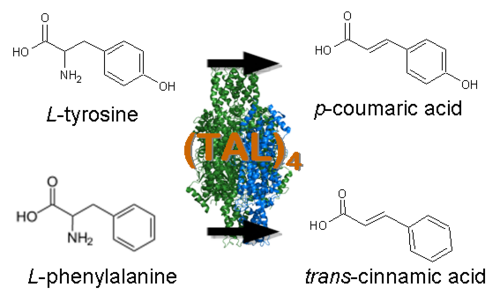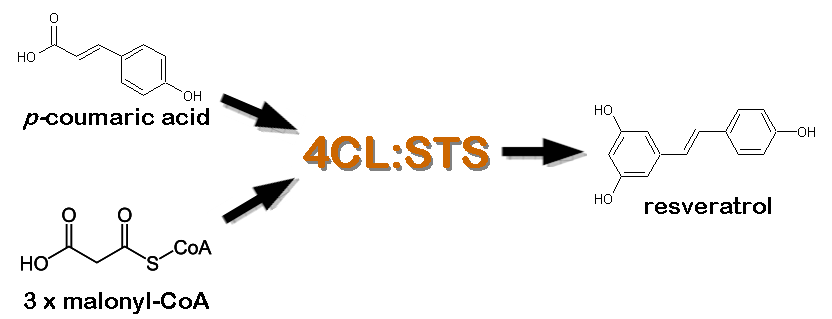Team:Rice University/STRATEGY
From 2008.igem.org
(Difference between revisions)
StevensonT (Talk | contribs) (→Circuit Design for Expression During Fermentation) |
StevensonT (Talk | contribs) (→Circuit Design for Expression During Fermentation) |
||
| Line 31: | Line 31: | ||
=== Circuit Design for Expression During Fermentation === | === Circuit Design for Expression During Fermentation === | ||
| - | [[Image:circuit.png|right| | + | [[Image:circuit.png|right|350px|thumb|[http://partsregistry.org/wiki/index.php?title=Part:BBa_K122010 BBa_K122010].]] |
Revision as of 23:15, 29 October 2008
| OUR TEAM ::: SUMMARY ::: INTRODUCTION ::: STRATEGY ::: RESULTS ::: ONGOING WORK ::: GALLERY
SUMMARY ::: BACKGROUND ::: STRATEGY ::: CONSTRUCTS ::: RESULTS ::: ONGOING WORK ::: OUR TEAM ::: NOTEBOOK ::: GALLERY |
 "
"







